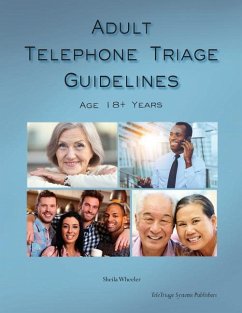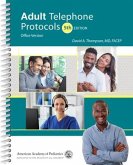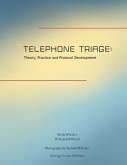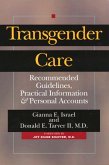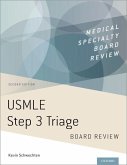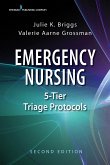Adult Telephone Triage Guidelines Age 18+ Years is the first and only 5-Tier Triage, Age-Specific Reference for Adult, Geriatric and Women's HealthUpdated Sections that have been revised or added to the 2005 edition include: Telephone Triage 5-Tier Triage Flow Chart & Master Guideline, QA Audit, ACEP & ENA Position Papers, Standards and research on safety, root causes of error, and Five-Tier Triage.Customizable Make this manual "your own" by placing in a binder with tabs. Use it as a base set and add your facilities' preferences on colored sheets at the end of each guideline. "Growing your own" paper guidelines from scratch may take years to accomplish, may be more expensive than expected and may not produce high quality results.Evidence-Based DesignChecklists - Five standardized screening checklists help to rule out and rule in key symptoms to estimate symptom urgency and reduce mistriage (Gawande, 2009; Wachter 2015)5 -Tier Triage Dispositions - insure patient informed consent and continuity, directing patients to where, when and why they should be seen. Consistently apprises callers of the urgency of their symptoms to help insure timely compliance. Five clearly defined, standardized dispositions (firm but flexible time frames, access sites and urgency rationale). promote reliable, consistent outcomes and clear follow up patients directives. The goal of these guidelines is "to get patients to the right place, at the right time for the right reason". Users are spared frustrating, confusing and time-consuming decision-making related to algorithm formats (ENA/ACEP, 2010)All Hours/All Access Sites - dispositions apply 24/7/365; they are not limited to office- or after- hours. Access sites are flexible for all hour optionsStandards-Based System to reduce common errors: inadequate data collection, miscommunications, cognitive bias (jumping to conclusions or stereotyping) and inadequacies in informed consent and continuity (IOM, 2011, Donabedian, 2003, Patel, 1996, AAACN, 2012)Master Guideline A "universal" triage tool derived from ACEP and Manchester Triage Group standards. Integrated standards in this guideline support clinicians in three ways: 1. As "contingency" or "fall back" guide (in cases where no specific guideline applies); 2. as a preemptive guideline, before selecting a more specific guideline, 3. As a training tool for new hires as a review of commonly presented symptoms (IOM, Joint Commission, 2011)Essential FeaturesAuthoritative collaboratively developed over a two-year period by 20+member Expert Task Force. Nurse-developed, physician-reviewed.Comprehensive - Address the most common presenting symptoms, and rare, but predictable emergent symptoms -- 1,500 medical conditions.Risk Management Used in 500+ sites since 1995 without any report of errors, omissions or malpracticeUser's Guide describes how to operate this reference (30 pages)Cost effective Paper-based guidelines are economical; electronic algorithms can be extremely costly
Hinweis: Dieser Artikel kann nur an eine deutsche Lieferadresse ausgeliefert werden.
Hinweis: Dieser Artikel kann nur an eine deutsche Lieferadresse ausgeliefert werden.
